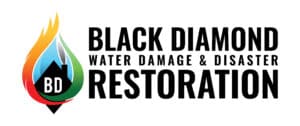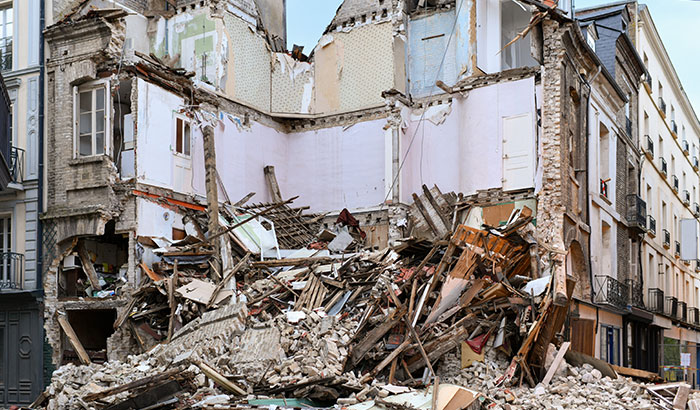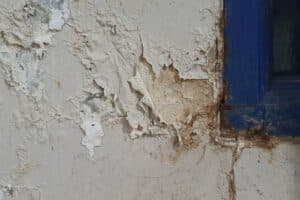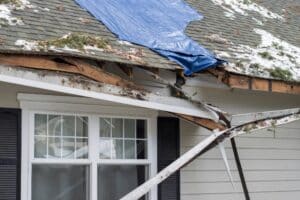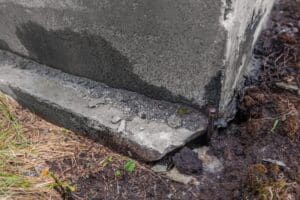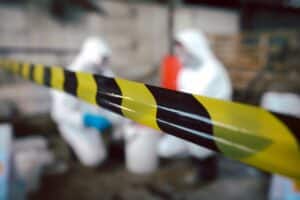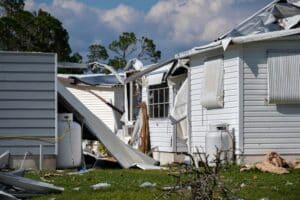Anyone who has grown up in Utah has been taught to prepare for earthquakes since they were a child. The dangers presented by earthquakes in the state of Utah do not fade as the years pass. In fact, the threat level remains nearly consistent, prompting Utah residents to be vigilant about their level of preparedness.
If you are preparing for an earthquake in Utah, there are some things you should keep in mind when preparing your home and family for that rare yet earth-shattering event.
- What is the likelihood of an earthquake in Utah?
- What areas are the most vulnerable?
- What are the biggest hazards from earthquakes?
- How do you keep your home safe in an earthquake?
The answers to these questions can potentially lead to life and money-saving practices that will help protect your family and home from the dangers of earthquakes.
Expected Earthquakes in Utah
According to some geological studies of tectonic activity in Utah, the Wasatch Front, comprised of most of Utah’s population, is overdue for a large earthquake.
Over the last 7000 years or so, a large earthquake between magnitude 6.5-7.5 has occurred roughly every 270 years. The last of these big earthquakes occurred around 300 years ago near Nephi.
The next big earthquake in Utah was due almost 30 years ago!
Technically speaking, the next big earthquake could happen at any time. Earthquakes are impossible to predict. Our best tool for predicting earthquakes is making educated assumptions based on historical data.
Our best estimates say Utah should be experiencing a large earthquake soon. It is best to act now to ensure your home and family are prepared!
What Areas in Utah Are the Most Vulnerable?
The areas at greatest risk are along the area near the I-15 corridor from Logan and Ogden all the way down to St. George. These areas are near the faults that produce the largest earthquakes.
Consequently, this means the areas near this fault are at the greatest risk for violent shaking in the event of an earthquake.
The soil composition of the cities along the Wasatch Front further compounds the damage caused by earthquakes. Most of Utah’s infrastructure in Northern Utah is built on the ancient lakebed of Lake Bonneville, a lake that covered most of the state, the remnants of which are Utah Lake and the Great Salt Lake.
The areas around Salt Lake, Provo, Toole, Ogden, and Logan are all built where the lakebed once was. The eroded soil, silt, and sand never went anywhere; they stayed where it was deposited and compacted over thousands of years.
The sand that makes the foundation of many Utah homes and buildings can make earthquakes worse. Sand tends to amplify the shaking felt during an earthquake. Compacted sand can also cause liquefaction, a danger we will address later.
Greatest Hazards From Earthquakes
According to the Utah Geological Survey, the greatest hazards from earthquakes are ground shaking, soil liquefaction, slope failure, surface ruptures, and flooding.
- Ground shaking — This is the most common hazard associated with earthquakes. The sudden mass displacement of earth that is the earthquake causes massive surface tremors which rattle buildings and critical infrastructure. This instant violent shake can cause damage to roads, buildings, and nature.
- Soil liquefaction — When seismic waves propagate through sand and topsoil, their movement is like a sudden settling that expels water to the surface. The topsoil becomes an effectual soup of water, soil, vegetation, and man-made structures. Areas around Salt Lake are severely at risk of this hazard.
- Slope Failure — Commonly referred to as a landslide, slope failure poses a great risk for communities built along the slopes of the mountain. Be sure the area you build in isn’t right next to a big drop; otherwise, your house may make an unexpected downhill trip.
- Surface fault ruptures — The cinematic ground-splitting earthquake cliche is real, particularly for earthquakes greater than 6.5 on the magnitude scale. This isn’t a major problem unless you live near a fault line.
- Flooding — Earthquake-induced flooding is often the side effect of a landslide or dam breakage. We don’t need to worry about tsunamis in Utah due to our distance from the sea.
How To Keep Your Home Safe in the Event of an Earthquake
Knowing about earthquakes and the danger posed to your home is only half of the issue. There is an urgent need to apply this information to your personal property, adding safety features that will help protect you, your family, and your property in the event of a massive seismic event.
Before an earthquake, you should:
- Check your water heater. The typical water heater is about 40 gallons of heated water sitting in your basement. Plumbing laws in Utah require water heaters to be installed with earthquake straps. Be sure your water heater has these.
- Ensure your gas appliances have flexible connections. The appliances in your home can get shaken around quite a bit. If the gas appliances are hooked up to a static mount in the wall, an earthquake can cause a deadly gas leak. Be sure your appliances have a flexible gas connection.
- Know where water and gas shutoffs are located. Any leak involving a gas or water line merits your immediate attention. These leaks can be threatening to your health and can be the catalyst for extensive and irreparable damage. Be sure you know where the shut-offs are in case of an earthquake.
- Store hazardous materials in an area they will be safe. If you keep chemicals or other hazardous materials around your home, be sure they are stored in a place where they won’t be damaged or mixed.
- Anchor your home to your foundation. This may seem odd to think about for many Utah homeowners, but some homes are not anchored to the foundation. Instead, they rest on top, relying on the weight of the house to keep them anchored. Check your foundation to make sure your home is sturdy.
- Anchor heavy objects. Where you can, ensure that heavy objects are properly anchored. This means bookshelves, dressers, and other large pieces of furniture.
Recover From Earthquakes With Black Diamond Restoration
Earthquakes literally and figuratively leave you and your home shaken and sometimes broken. When you are at the disaster’s epicenter, you need someone you can trust to pull you out.
Here at Black Diamond Restoration, we specialize in helping people make sense of their new reality by assisting them in cleaning and restoring their homes. If you are preparing for an earthquake in Utah or are recovering from one, contact us now so we can help you get back to normal.
toto slot